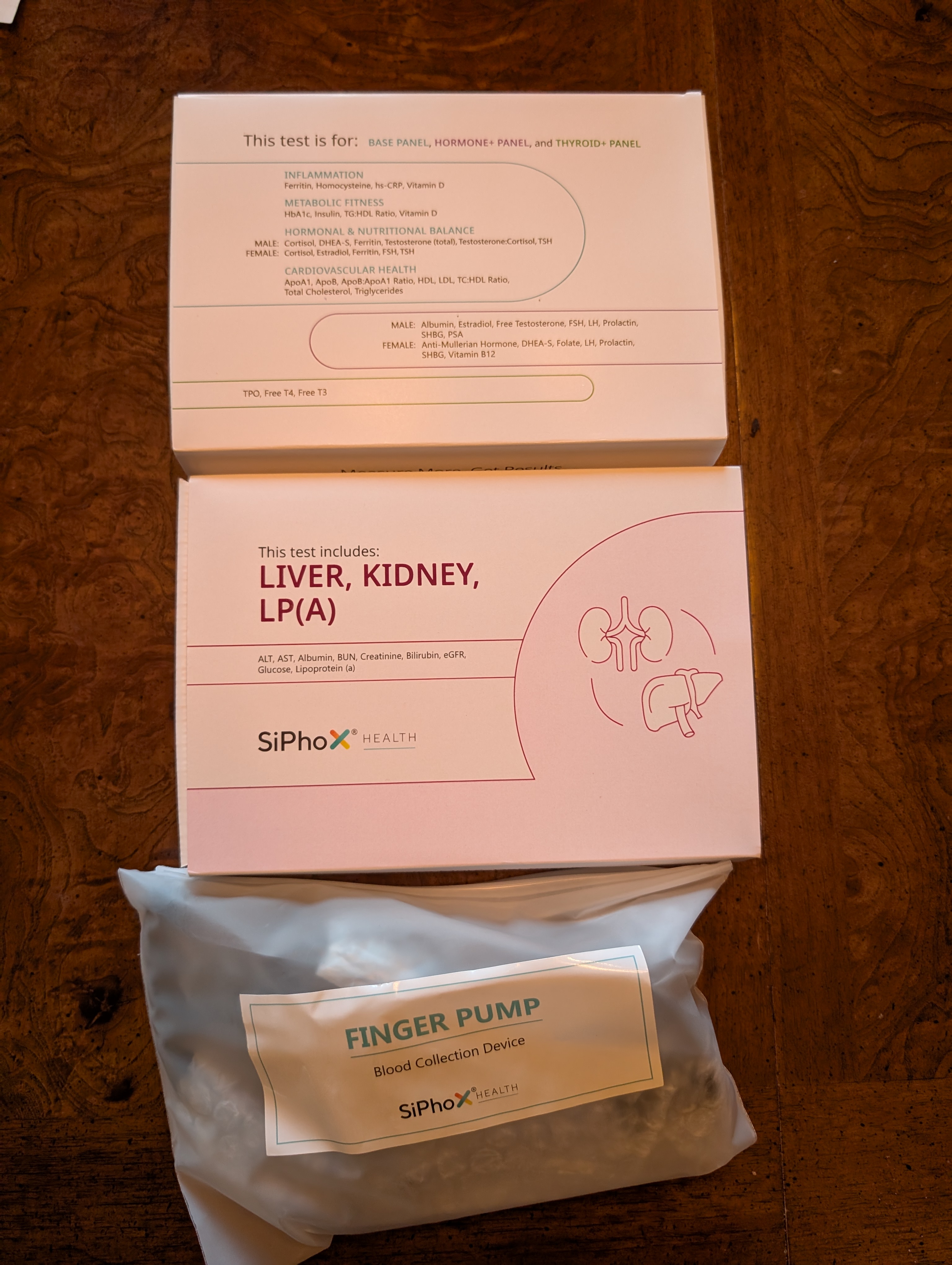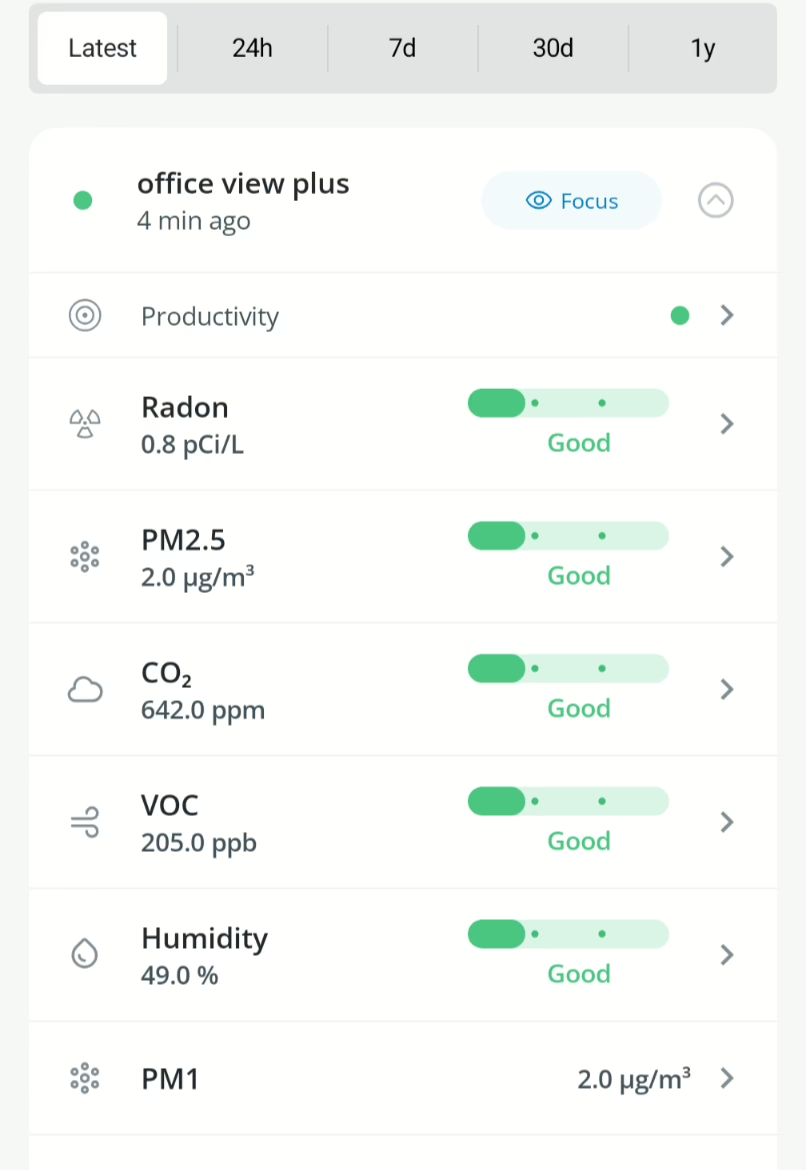Systemic inflammation is one of those medical terms that gets thrown around a lot, but unless you’re dealing with an autoimmune condition or chronic illness, you might not think much about it. Here’s the thing, though: it’s not just a problem for people with specific diagnoses. It’s an underlying factor in a wide range of health issues, from heart disease to anxiety. Think of it as a slow-burning fire inside your body—one that, left unchecked, can wreak havoc over time. The good news? There are ways to cool things down before they spiral out of control.
What Is Systemic Inflammation, Really?
At its core, systemic inflammation is your body’s immune system in overdrive. Normally, inflammation is a good thing—it’s how your body fights off infections and heals injuries. But when that response becomes chronic, your immune system starts attacking healthy cells, leading to persistent damage and dysfunction. It’s like an alarm that never gets turned off. This kind of inflammation isn’t always obvious; it doesn’t come with the redness and swelling you’d associate with an injury. Instead, it lurks beneath the surface, contributing to fatigue, joint pain, digestive problems, and even mood swings.
Exploring Alternative Methods for Reducing Systemic Inflammation
Beyond diet and exercise, several lesser-known remedies can help keep inflammation in check. While research is still emerging, these natural alternatives show promise in supporting the body’s healing processes:
- Cold Therapy – Ice baths and cryotherapy expose the body to extreme cold, which helps reduce inflammation by constricting blood vessels and lowering cytokine activity.
- Infrared Sauna – Unlike traditional saunas, infrared heat penetrates deep into tissues, promoting detoxification and easing inflammatory responses.
- Ashwagandha – This adaptogenic herb helps regulate cortisol levels, which, when chronically elevated, contribute to systemic inflammation and immune imbalances.
- THCa Diamonds – A raw, non-psychoactive form of cannabis, THCa diamonds have been studied for their potential anti-inflammatory properties, offering relief without the high associated with THC.
How It Sneaks Into Your Life
You might not feel systemic inflammation creeping in, but your lifestyle could be feeding it without you realizing it. Chronic stress, poor sleep, a diet loaded with processed foods, and even environmental toxins can all keep your body in a constant state of low-grade inflammation. Sugar is a big offender—it spikes blood sugar levels, which can lead to an inflammatory cascade. The same goes for refined carbs, seed oils, and excessive alcohol. Even a sedentary lifestyle can contribute, since movement helps regulate inflammatory markers.
The Connection to Chronic Disease
If systemic inflammation were just about feeling a little run-down, it wouldn’t be such a big deal. But over time, it plays a key role in serious conditions like heart disease, diabetes, Alzheimer’s, and even cancer. When inflammation lingers, it damages blood vessels, alters brain chemistry, and weakens the immune system. Studies have shown that people with consistently high levels of inflammatory markers, like C-reactive protein (CRP), are at a much higher risk for cardiovascular events. And in the brain, inflammation has been linked to depression and neurodegenerative diseases, making it more than just a physical problem—it’s a mental one, too.
Food as Medicine: What to Eat (and What to Avoid)
One of the most powerful tools you have against systemic inflammation is your diet. Whole foods like leafy greens, berries, fatty fish, and nuts are packed with antioxidants and healthy fats that help fight inflammation. Omega-3s, found in salmon and walnuts, are particularly good at tamping down inflammatory responses. On the flip side, foods high in trans fats, refined sugars, and processed ingredients tend to stoke the fire. Think of your diet as a daily vote for or against inflammation—every meal is an opportunity to either fuel the fire or put it out.
The Role of Stress and Sleep
It’s easy to overlook stress and sleep when thinking about inflammation, but they’re just as important as diet. Chronic stress triggers the release of cortisol, a hormone that, in small doses, helps you respond to threats. But when it’s constantly elevated, it leads to increased inflammation and immune dysfunction. Sleep is another major player—during deep sleep, your body does essential repair work, reducing inflammation in the process. Poor sleep, on the other hand, keeps inflammatory markers high and makes it harder for your body to recover from daily stressors.
Supplements and Natural Helpers
While food should always be the foundation, certain supplements can give you an extra edge against inflammation. Turmeric, with its active compound curcumin, is one of the most well-researched natural anti-inflammatories out there. Fish oil supplements provide a concentrated dose of omega-3s, while probiotics help support gut health—another major factor in immune regulation. Even something as simple as green tea, which is rich in polyphenols, can help keep inflammation in check.
The reality is, systemic inflammation isn’t something you “cure” overnight. But the small, daily choices you make can have a big impact over time. The way you eat, sleep, move, and manage stress all contribute to whether your body stays in balance or remains in a state of chronic inflammation. And while the science can feel overwhelming, the takeaway is simple: treat your body kindly, and it will return the favor. Your future self will thank you for it.




